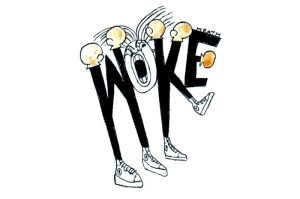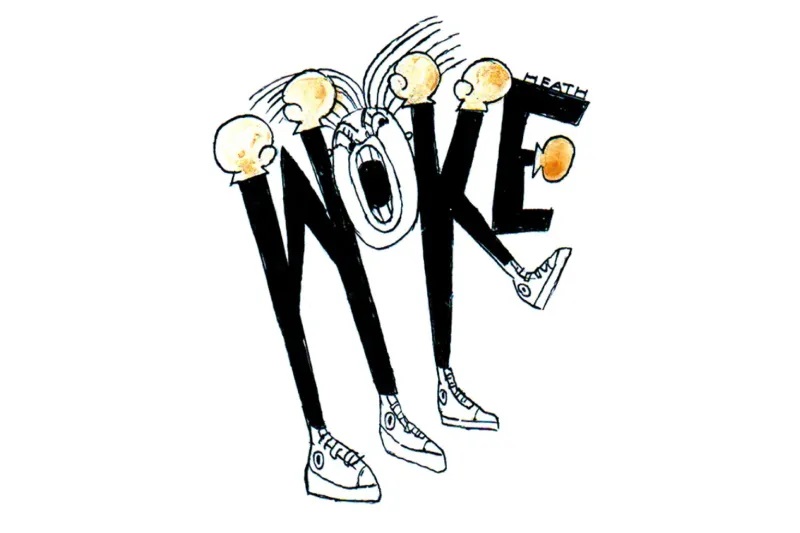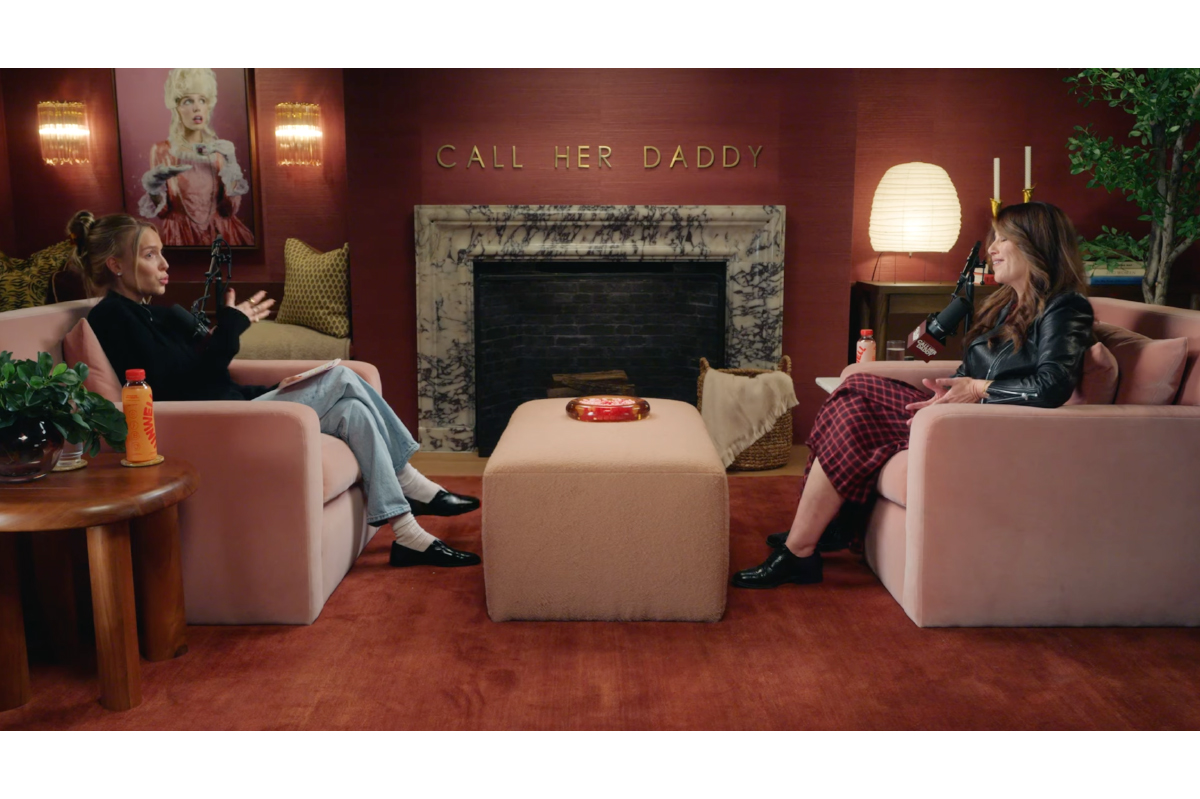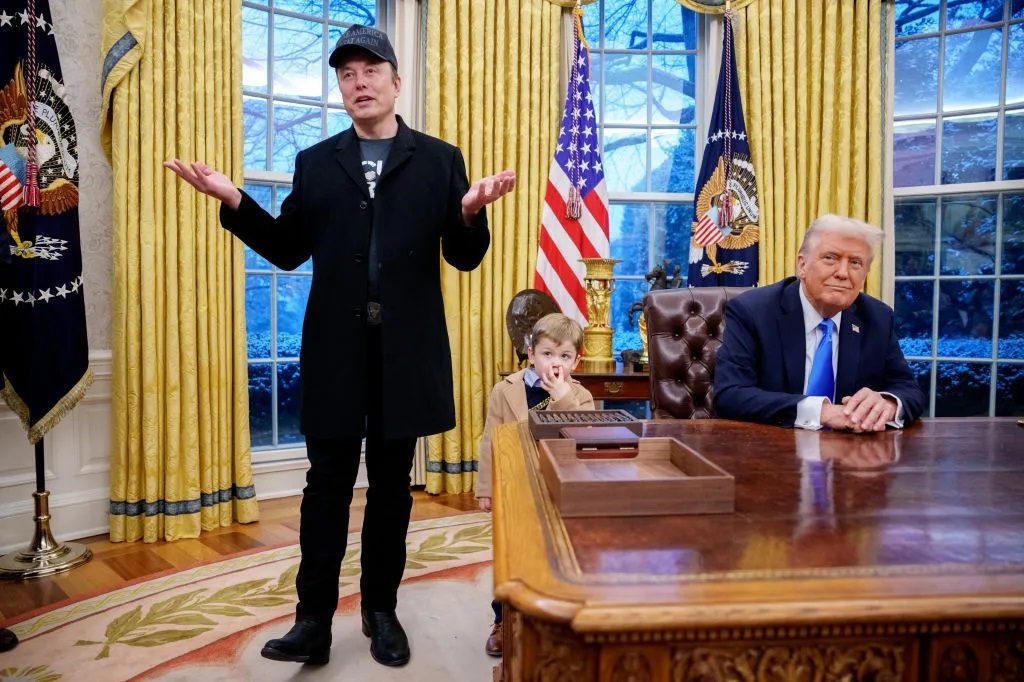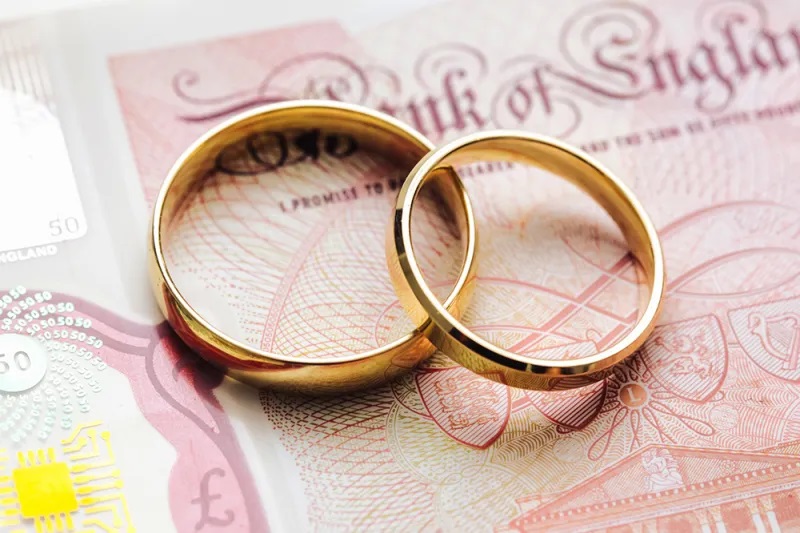Victoria’s Secret, the lingerie brand known for its scantily-clad supermodel ‘Angels’, is undergoing a rebranding. But don’t be fooled: this has little to do with female empowerment.
The firm announced last week that its catwalkers will be replaced by seven new ‘accomplished women who share a common passion to drive positive change.’ The ‘trail-blazing partners’ include US soccer player Megan Rapinoe, Chinese-American freestyler skier Eileen Gu, plus-size model Paloma Elsesser and Valentina Sampaio, the first transgender model to feature in Sports Illustrated.
Greater diversity in female representation is something to celebrate, but let us be clear: this is a marketing tactic by a flagging brand to regain some semblance of cultural relevance (and revenue).
John Ringo famously coined the phrase, ‘get woke, go broke’, but with Victoria’s Secret, it is more a case of ‘get broke, go woke’: the company has, after all, been struggling for years.
For a long time, its annual fashion show sold a fantasy, even if it was a formulaic one. Models with Barbie bodies, bejeweled bras and bedazzled angel wings would strut down the runway against a backdrop of pop performances from the likes of Lady Gaga and Harry Styles; one lucky Angel got to wear the ‘Fantasy Bra’ (which could be worth up to $15 million). Yet its viewing figures have been steadily declining; its 2018 catwalk show gained only 3.3 million viewers, its lowest ratings ever and a sharp drop from five million viewers just the year before. In 2019, the show was canceled altogether.
There are many reasons behind Victoria Secret’s steady decline. Their products are overpriced and their sizes are limited, misleading and inconsistent. What’s more, given the various lockdowns of the past year, consumers are probably more interested in comfort and convenience than lacy lingerie sets.
Perhaps most importantly, Victoria’s Secret has time and time again failed to adapt to changing consumer demand. The show’s insistence on using very tall, very thin, conventionally beautiful models has become anachronistic in a world that increasingly celebrates and champions body positivity.
Just three years ago, Victoria’s Secret marketing boss Ed Razek told Vogue there was no interest in using more diverse models because the company was selling a ‘fantasy’; it seems hard to dispute the view that this U-turn is about profits not personal values.
Part of Victoria Secret’s image problem is that the brand has always been torn about its target audience: is it advertising to women, or men shopping for women?
Historically, it started with the latter. Founder Roy Raymond simply wanted to buy underwear for his wife without feeling like a creep. More recently it has shifted its focus. The company recently ran a Mother’s Day campaign featuring a pregnant model. It also announced that it will release its first ever maternity bra.
But the firm still has a long way to go if it wants to prove it is not just simply jumping on the female empowerment bandwagon. Like everything else about Victoria’s Secret, this rebrand appears to only be skin deep.
This article was originally published on The Spectator’s UK website.











